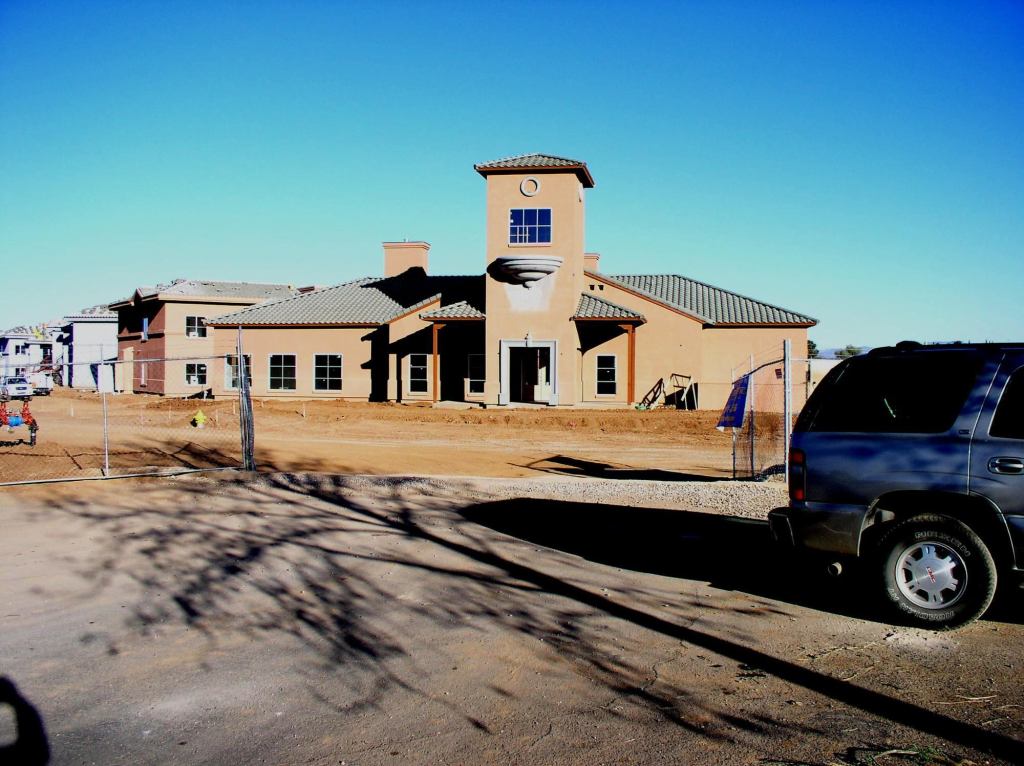Revenue-hungry municipalities are also making it easier on multifamily builders who, after all, are delivering jobs and a permanent tax-base in addition to paying construction and development-related fees. Though highly dependant on specific markets, zoning and density restrictions are generally loosening, making it possible for developers to increase unit counts and thus the eventual NOI upshot on their deals.
And for once, the density trend corresponds to lifestyle and aesthetic choices of consumers repelled by the perceived bigger-is-better overindulgences that fed into the recession. “Everyone is looking to do smaller product all the way down the line,” Minno says. “Planning and zoning boards are relaxing a little bit on units-per-acre because they need the tax and fee revenues, and the incoming generation of renters is willing to accept a lot less space. They come with a backpack and an iPhone and are ready to go, so we are all thinking through that market quite a bit.”
The Time is Now
There’s no question about it: Preparing for the cyclical return of apartment development is job No. 1 for the present. With opportunistic builders such as Summit and MC Cos. already pulling projects out of the ground; private companies beginning to bank land; and REITs indicating a 2010 return to development, it’s clear that if you have not begun site selection, design, and entitlement processes, the time to start is now.
“Banks are starting to verbalize that they need deals, and a lot of us are wondering if these advantageous hard cost construction prices will stay with us, plus interest rates are pretty good,” Wallis says. “I think people are quietly getting plans done, meeting with contractors, squeezing out entitlements, improving site plans, and attempting to get a little bit more density as they prepare to develop and deliver in that 2011 to 2013 window.”
Despite Greystar’s temporary kibosh on ground-up construction, even Faith recognizes an eventual confluence of development cost deflation, rising renter demand, and short submarket supply of new multifamily housing stock that will make building hard to resist. And while Greystar isn’t gassing up the backhoes yet, the company is banking land assets in preparation to ramp up its development pipeline. “We’re putting together an entitled site fund to buy and bank land in great markets around the country so we will be able to take advantage of development opportunities,” Faith says. “To the extent that the capital markets continue to choke off the ability of new development to be put into place, you’ll see dramatic rent increases when demand returns, and then you’ll have the movement back into development make a lot of sense again. It’s coming.”
The ultimate proof positive of the return of multifamily construction will likely come from the banks: When extremely tight underwriting nevertheless begins to produce the dependable and consistent yields expected from a multifamily industry poised for rent growth, greater capital availability in the financial markets won’t be far behind.
As Trammell Crow breaks ground on the first of its expected 2,000 starts, there are glimmers of hope that financial markets might already be reflecting those new realities. “As we sit today, all of our units will be financed with conventional bank construction and development financing and third-party equity along with equity from Trammell Crow Residential,” says Brindell, who adds that the equity requirements are not substantially increasing.
“The more important stat is projected yield on total development cost, which for our properties is in excess of 8.25 percent today, and that’s what is allowing these properties to get financed,” Brindell continues. “Bank financing is going to be inclined toward strong sponsors with strong balance sheets, and they will be underwriting that as closely as they underwrite the underlying fundamentals of the assets being financed. It is a return to Development 101.”
